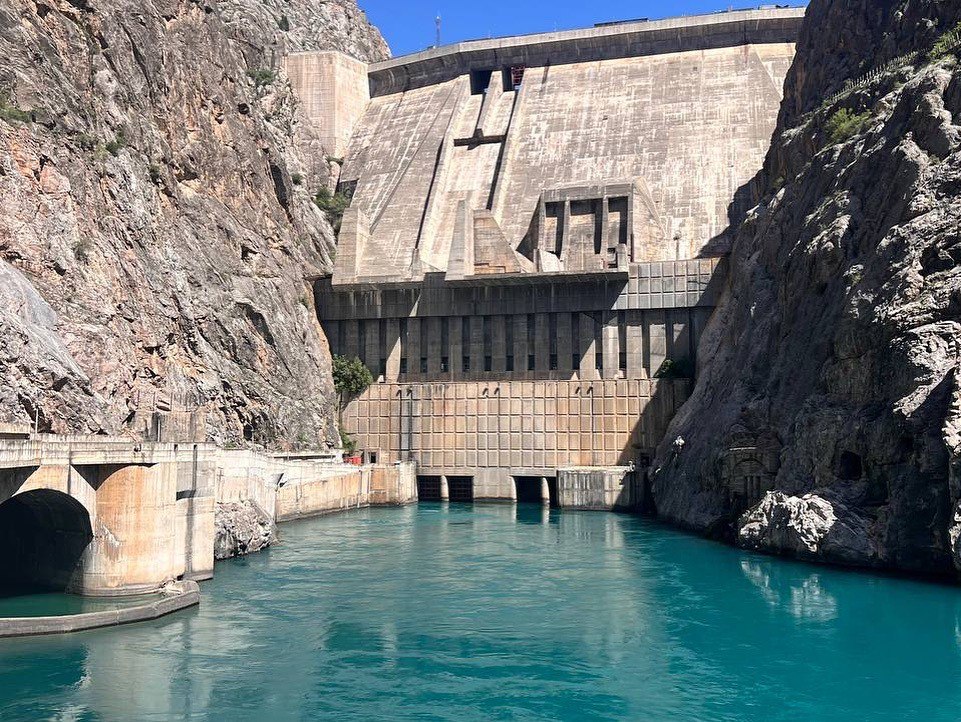Despite High Water Levels in Kyrgyzstan’s Toktogul Reservoir, Electricity Shortages Persist
Despite an increase in water levels at Kyrgyzstan’s Toktogul hydroelectric power plant (HPP) reservoir this year, the country continues to face electricity shortages, Energy Minister Taalaibek Ibrayev said in an interview with Birinchi Radio. Located on the Naryn River, the Toktogul HPP is Kyrgyzstan’s largest power plant, providing around 40% of the country’s electricity. As of October 1, 2024, the water volume in the Toktogul reservoir reached 13.033 billion cubic meters, approximately 1.3 billion cubic meters more than the previous year. The reservoir currently receives 365 cubic meters of water per second while releasing 284 cubic meters per second for power generation. "Despite the increased water levels in 2024, we are still facing an electricity deficit of about 3.9 billion kilowatt-hours," Minister Ibrayev stated. To address the deficit, Kyrgyzstan is working to expand its energy capacity by building small and large hydroelectric plants. "In the past, small hydroelectric plants produced around 200-300 million kilowatt-hours of electricity annually. This figure has now increased to 750 million kilowatt-hours," Ibrayev explained. He also noted that the country’s electricity consumption has risen by 400 million kilowatt-hours this year, driven by the launch of new industrial enterprises. According to the National Statistics Committee, Kyrgyzstan generated 13.8 billion kilowatt-hours of electricity in 2023, with hydropower plants accounting for approximately 87% of total electricity production. In 2023, Kyrgyzstan met 80% of its electricity demand, which totalled 17.2 billion kilowatt-hours. The remaining 20%, or 3.4 billion kilowatt-hours, was imported. To help reduce reliance on imports, an agreement was signed between Kyrgyzstan and Turkmenistan in May 2023 for the supply of 1.7 billion kilowatt-hours of electricity from Turkmenistan, starting on January 1, 2025.

